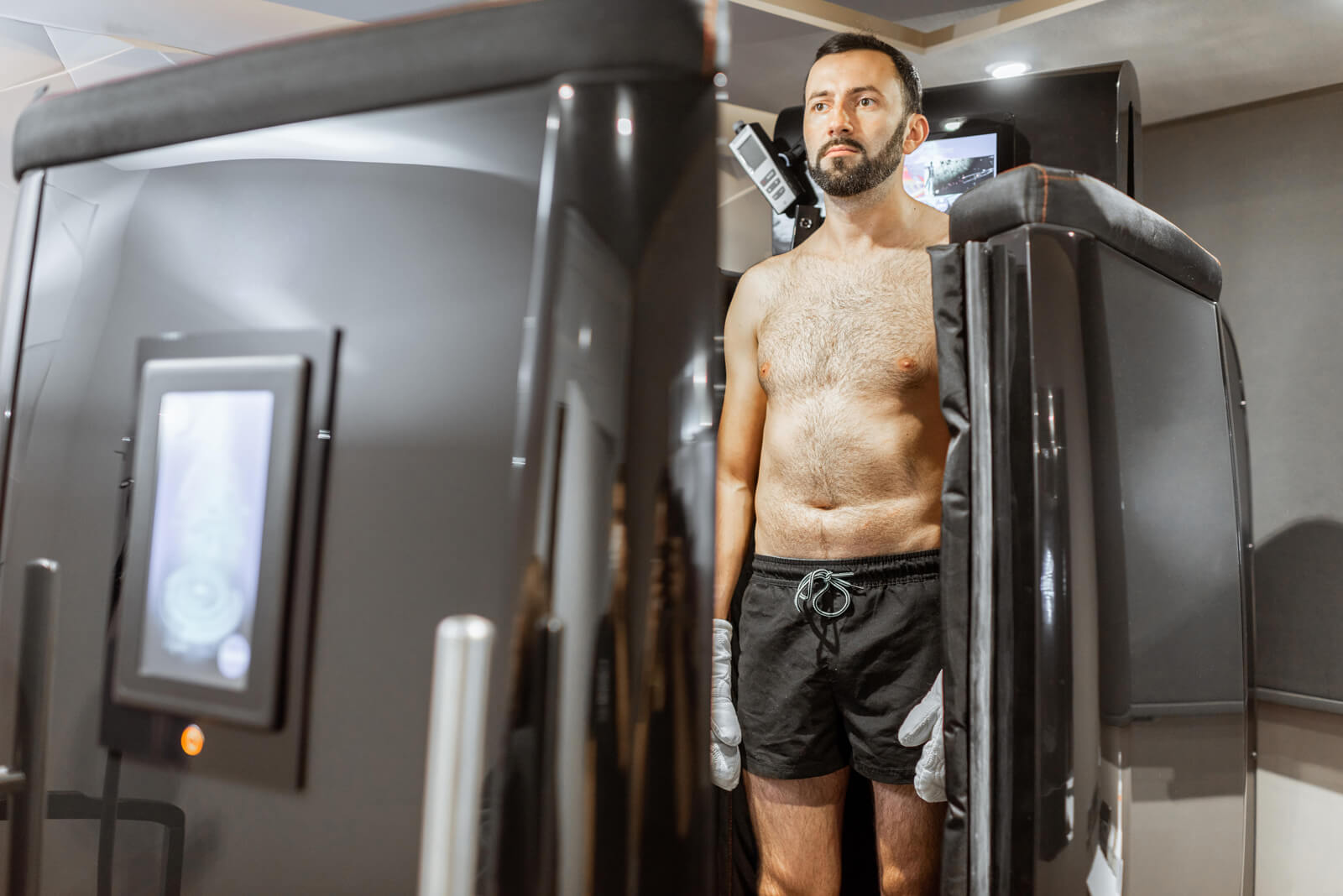Unlike a broken arm or pulled muscle, stress is not an obvious injury. Instead, it’s a covert threat that undermines multiple aspects of your physical and mental health. The effects of stress are often not apparent until it reaches crisis mode. According to the American Institute of Stress, 75-90% of doctor’s visits in the U.S. are due to stress, with job-related stress leading the pack. At our wellness retreats, stress tops the list of concerns we hear from our guests.
As a natural physical reaction, stress serves a valuable purpose: it heightens your sensitivity to threats, which could quite literally be a lifesaver. However, the problem arises when you experience the sensation of stress, even when no threat is present. When you’re under threat of an attack, a complex cocktail of hormones is released that instantly primes your body to take action. These hormones are helpful in the short-term (say, running from a saber-toothed tiger or squelching a fire) but when you experience a low-grade sensation of stress for prolonged periods, hormones like adrenaline, cortisol, and norepinephrine actually work against your wellbeing. These physical reactions put your body into survival mode, redirect blood away from your organs toward your muscles, and minimizing bodily functions that aren’t immediately vital (ex. digestion).
If you have unexplained ailments, strange physical sensations that you can’t quite put your finger on, chances are, stress could be the culprit.
The mental and physical symptoms of stress
When you’re under stress, your wellbeing is under attack from every angle. Physical effects of stress can range from mildly uncomfortable to medical emergencies, including things like fatigue, decreased sex drive, headaches, migraines, stomach problems, hair loss, acne, increased blood pressure, heart palpitations and heart attack.
Compounding these physical symptoms are the effects that stress plays on your lifestyle. Stress can contribute to unhealthy habits and cycles like insomnia, overeating, lack of motivation, mental overstimulation, irritability, rage, depression and suicidal thoughts. Together, the physical and mental symptoms of stress create a vicious cycle that—you guessed it—creates more stress.
Learn more about the toll of neglecting your wellness.
Breaking the stress cycle
In today’s ultra-busy day and age, it’s tempting to throw up your hands in despair, thinking that it’s impossible to make the type of sweeping change required to minimize stress in your life. Luckily, when you make the effort to adjust certain aspects of your life and take control of your stress level, the benefits compound on themselves, too, making it easier to reduce stress across the board.
Here are some things you can do right now to get stress under control.
- Exercise more. Physical activity boosts your endorphins, which makes you feel better almost immediately. Do what makes you feel good, whether it’s a trip to the gym, cardio workout like running or swimming, or a creative activity like dance.
- Practice mindfulness. Take the time to get still and focus on the present moment. Meditate regularly, make time to be alone, and slow your hectic pace.
- Set personal boundaries. Learn to separate your own problems from other people’s. Release the need to “fix” everything and everyone.
- Prioritize work/life balance. Extend those personal boundaries into your work life. Say no to unreasonable requests. Stand your ground with colleagues. Turn off work communications when you’re at home.
- Speak with a counselor or therapist. Working with qualified counselor alleviates the sense that you must manage your thoughts and fears on your own. Professionals are trained to provide you with useful tools that will create lasting change.
- Be more creative. Set aside time to immerse yourself in activities that you find joyful. Remember, you don’t have to be perfect—just have fun.
- Practice self-care. There’s no heroism in putting yourself last. In fact, deprioritizing your wellness simply leaves you with less energy for others and yourself. Take time to re-charge with a massage, spa visit, wellness retreat, spiritual guidance session or any other activity that makes you feel relaxed and refreshed.
Stress is unavoidable, but it’s possible to manage. Take the time to identify your stress symptoms and change your lifestyle. Small adjustments can have a significant impact on your physical and mental wellbeing and, somewhere down the line, could save you from serious stress-related health complications. Start with the changes that are easiest to accomplish. Remember: whether you make significant changes or minor adjustments, it’s no stress.
Learn how to squelch your stress with the right exercise.






